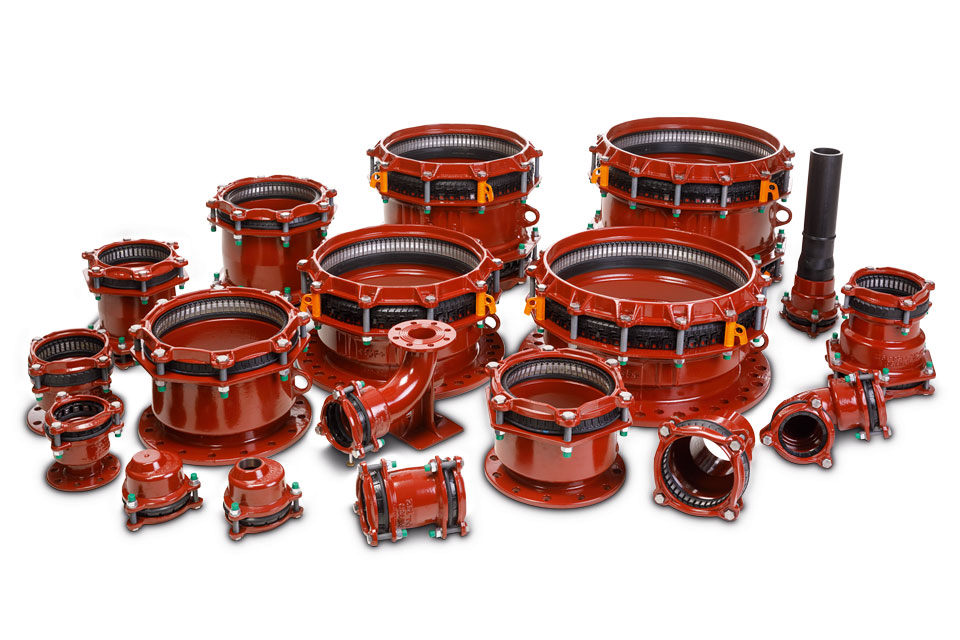Balanced Networks
Pressure management is a critical component in water distribution systems. Its primary purpose is to ensure that the right pressure is delivered at every point within the network. By achieving this precision, several important objectives are met.
Firstly, pressure management contributes significantly to leakage reduction. When pressure is maintained at optimal levels, it minimizes water loss due to leaks.
Secondly, pressure management provides mechanical stress relief for the system’s infrastructure. Network components experience stress over time. Proper pressure control reduces this stress, prolonging the life of these assets and ensuring their reliable operation.
Lastly, effective pressure management is crucial for burst prevention. Excessive pressure puts pipes at risk of rupturing, while insufficient pressure can also lead to bursts.
?qlt=82&ts=1731103742208&dpr=off)




